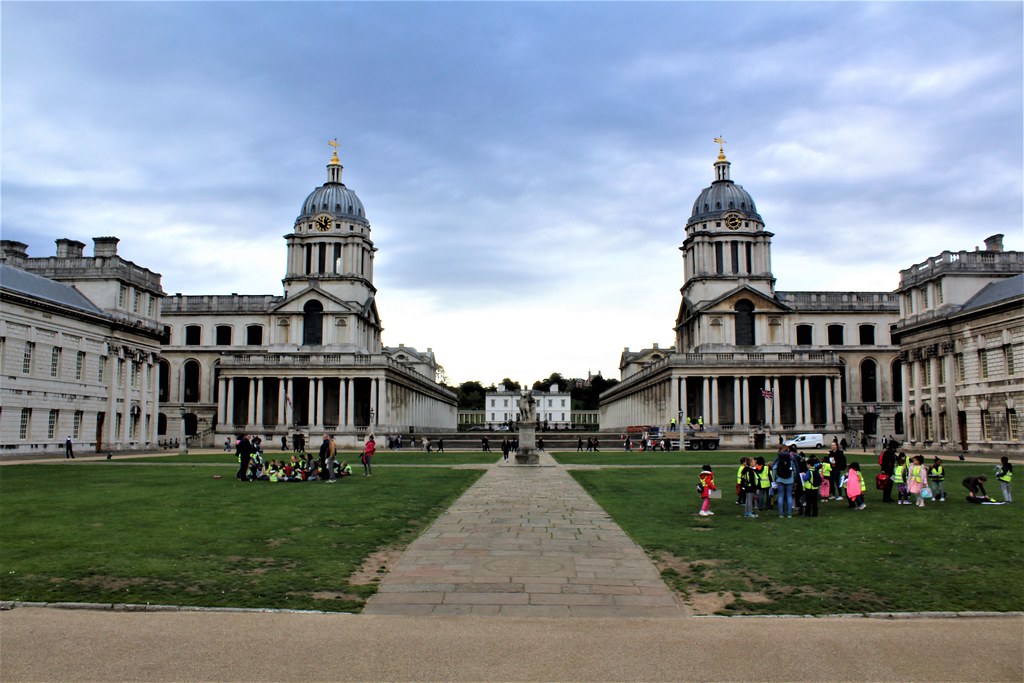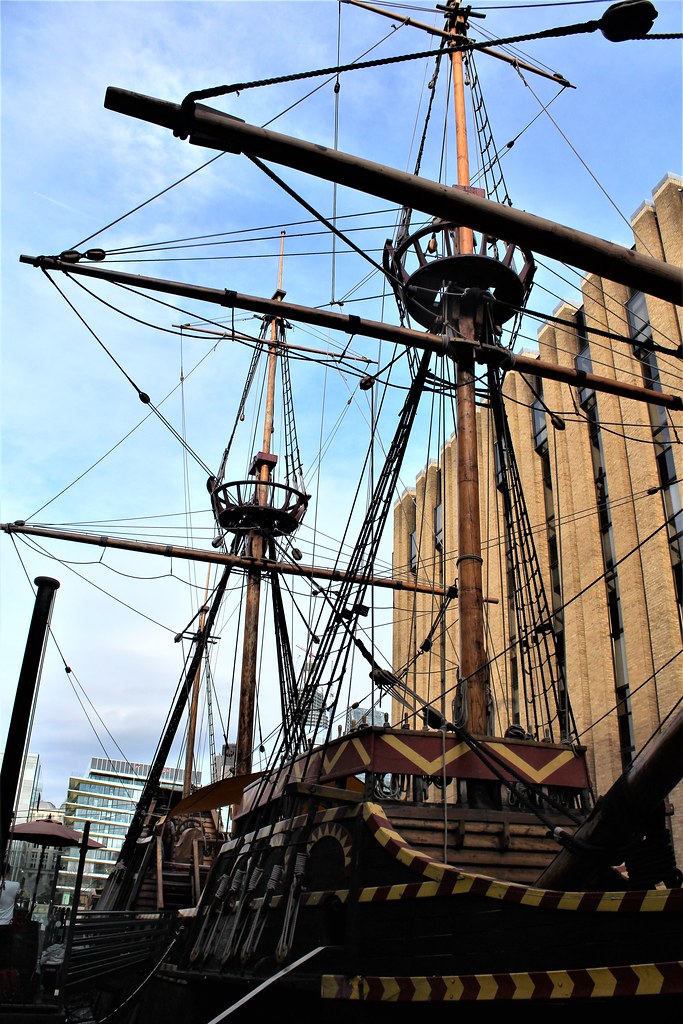Trip to London
Tower Bridge, London.
This post reprises an intensive, one and half day tour of London using the Bankside district (near London Bridge) as a base.
The trip was centred on the key objective of undertaking a tour of, and attending a performance at, the Globe Theatre. Latter is about 25 years old and represents a reconstruction of the original Globe Theatre which was built in 1599 and was the principal venue for the performance of Shakespeare’s many plays.
First excursion on morning of 12th was a regular ferry trip down the River Thames to Greenwich where the Old Royal Naval College forms the architectural centrepiece of the Maritime Greenwich, a World Heritage Site. In addition to the College there are other visitor sites in the locality including the Royal Observatory, the Queen’s House, National Maritime Museum and the tall ship Cutty Sark.

Tower of London from River Thames
Next, after lunch at Greenwich, we returned to Bankside and then visited:
- Borough Market, a vibrant and dynamic wholesale and retail food market in Southwark which dates back to around the 12th century.
- Southwark Cathedral, aka Cathedral and Collegiate Church of St Saviour and St Mary Overie which is part of the Anglican Church. The site as a place for Christian worship may have origins in the 7th century. Between 1106 and 1538 the site was occupied by an Augustinian priory. Being close to the original Globe Theatre there are two Shakespeare connections: William’s brother Edmund was buried there in 1607 and there is a stained glass window dedicated to William. Substantial re-building and restoration work was undertaken in the 19th century and the building was designated a cathedral in 1905. Southwark is the first Gothic styled church in London following a rebuild in the 13th century.
- Golden Hinde, a full-scale reconstruction of the 16th century English galleon which circumnavigated the world between 1577 and 1580 under Francis Drake who was subsequently knighted on board the Golden Hind in 1581 by Queen Elizabeth. The current vessel has circumnavigated the world twice plus many other long voyages. It is currently undergoing repair work prior to being re-launched. Under Drake the vessel was a de- facto pirate ship focused on relieving the lumbering Spanish galleons and their cargoes of gold and silver which were in transit from South America.
In the evening we attended a performance of Eyam at the Globe Theatre. This profound play has no direct connection with Shakespeare but tells the story of an isolated Derbyshire (north England) village during a period in the 17th century when plague was rife and the inhabitants decided to embark on a self-denying strategy of village quarantine to prevent further spread of the epidemic. This play provides good insight into (a) thought processes and customs of the day and (b) how the Elizabethan players (actors) would have connected with their audiences in context of the design of the Globe Theatre. By way of a side comment here, the numerous outbreaks of plague in Europe had long been ascribed to rats and their fleas. However, there is now a new explanation suggesting the plague was virus based, similar to modern-day HIV and Ebola- and nothing to day with rats.
On morning of 13th we joined a one-hour long group tour of the Globe Theatre including:
- the late Sam Wannamaker, the driving force behind the project:
- design and construction of the building using archaeology and documentary sources;
- how the building’s design and patronage influenced the content of Shakespeare’s plays which were performed there on a strictly commercial basis; and
- how open air nature of the building made maximum use of daylight at a time when artificial lighting was mainly restricted to candles.
We eventually arrived back in Glasgow, Scotland about three hours later than scheduled. To quote the bard “All’s well that ends well”!













Comments
Post a Comment